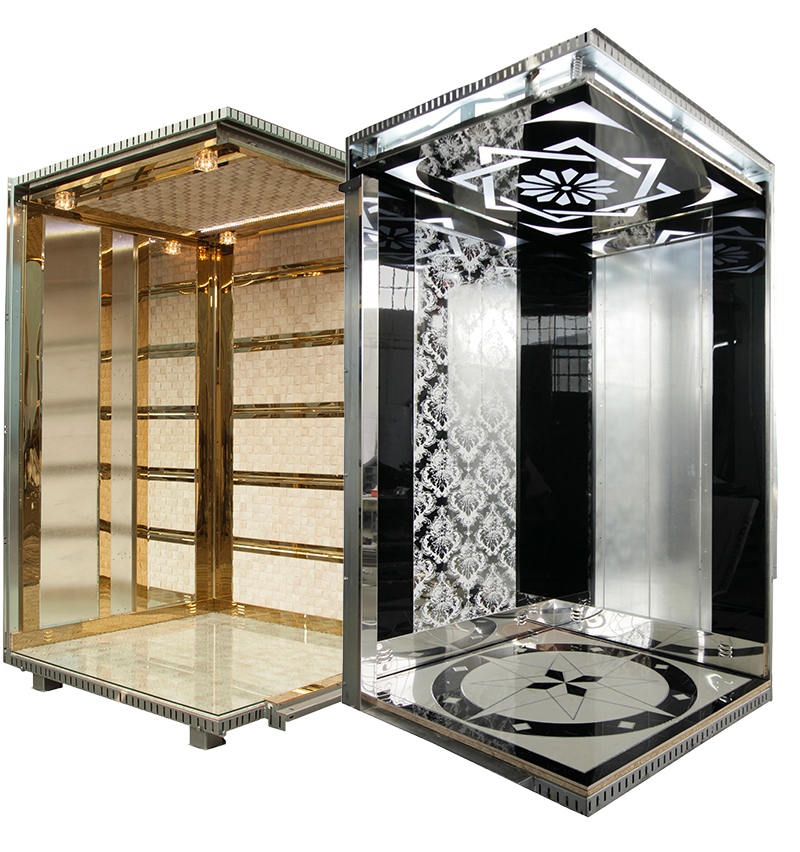Access Technologies, owned by Imran Rafi, operates as a large elevator company. If you have ever wondered how elevators work, you have come to the right place. Elevators facilitate vertical movement and have become an essential part of modern life. In this article, we will explain how elevators work and the different types of elevators that are available.
Access Technologies has been a key elevator industry player for 20+ years, offering quality products/services and emphasizing innovation. The company constantly explores new technologies and ideas to improve the safety, efficiency, and comfort of its elevators.
The basic principle behind all elevators is that they use a motorized system to lift or lower a cab along a vertical shaft. However, there are many different types of elevators, each with their unique features and advantages.
Get Free QuotesHow Elevators Work:

Elevators work using a system of pulleys, cables, and counterweights to move a cab up and down a shaft. Consequently, this system is made possible by the fact that the elevator cab is suspended by cables, which are attached to a motor that pulls the cab up and down. Additionally, the motor is controlled by an electronic system that regulates the speed and direction of the cab.
Rails attached to the shaft guide the elevator cab to move in a straight line. The shaft is typically made of concrete or steel and is strong enough to support the weight of the cab and passengers.
Elevators also have safety mechanisms to prevent accidents, such as emergency brakes and backup power sources. These safety features ensure that elevators remain safe and reliable even in the event of a power outage or other emergency.
Types of Elevators:

Hydraulic Elevators:
Hydraulic elevators use a system of pistons and cylinders to move the elevator cab. The electric motor pumps oil into the cylinder at the elevator shaft’s base to lift the cab, and releases the oil to lower it.
Traction Elevators:
Traction elevators use cables and counterweights to move the elevator cab. The elevator cab is attached to steel cables that are wrapped around a motor-driven sheave, also known as a pulley. The counterweight is on the opposite side of the sheave and balances the weight of the cab and passengers. The electric motor pumps oil into the cylinder at the bottom of the shaft when the elevator is called, causing the piston to rise and the cab to move up. Likewise, releasing the fluid from the cylinder moves the cab down when called to move down.
Machine-Room-Less Elevators:
Machine-room-less elevators (MRLs) are a newer type of elevator that eliminates the need for a separate machine room. Moreover, the motor and control system are located directly in the elevator shaft, which saves space and reduces energy consumption. Furthermore, MRLs can be hydraulic or traction elevators and are typically used in buildings where space is at a premium.
A Beginner’s Guide by Access Technologies:

Access Technologies is a best elevator company owned by Imran Rafi that provides elevator solutions to buildings of all types and sizes.Access Technologies has decades of experience in the elevator industry. They provide high-quality and reliable elevators tailored to clients’ unique needs. In addition, they offer a wide range of elevator solutions, from hydraulic to traction and machine-room-less elevators, to meet any building’s requirements. Access Technologies’ experts install every elevator safely, efficiently, and reliably, providing a smooth and comfortable ride. Furthermore, as a beginner, you can trust Access Technologies to guide you through the process of selecting the right elevator for your building’s needs. Additionally, they will ensure that they install and maintain it to the highest standards.
Get Free Quotes



